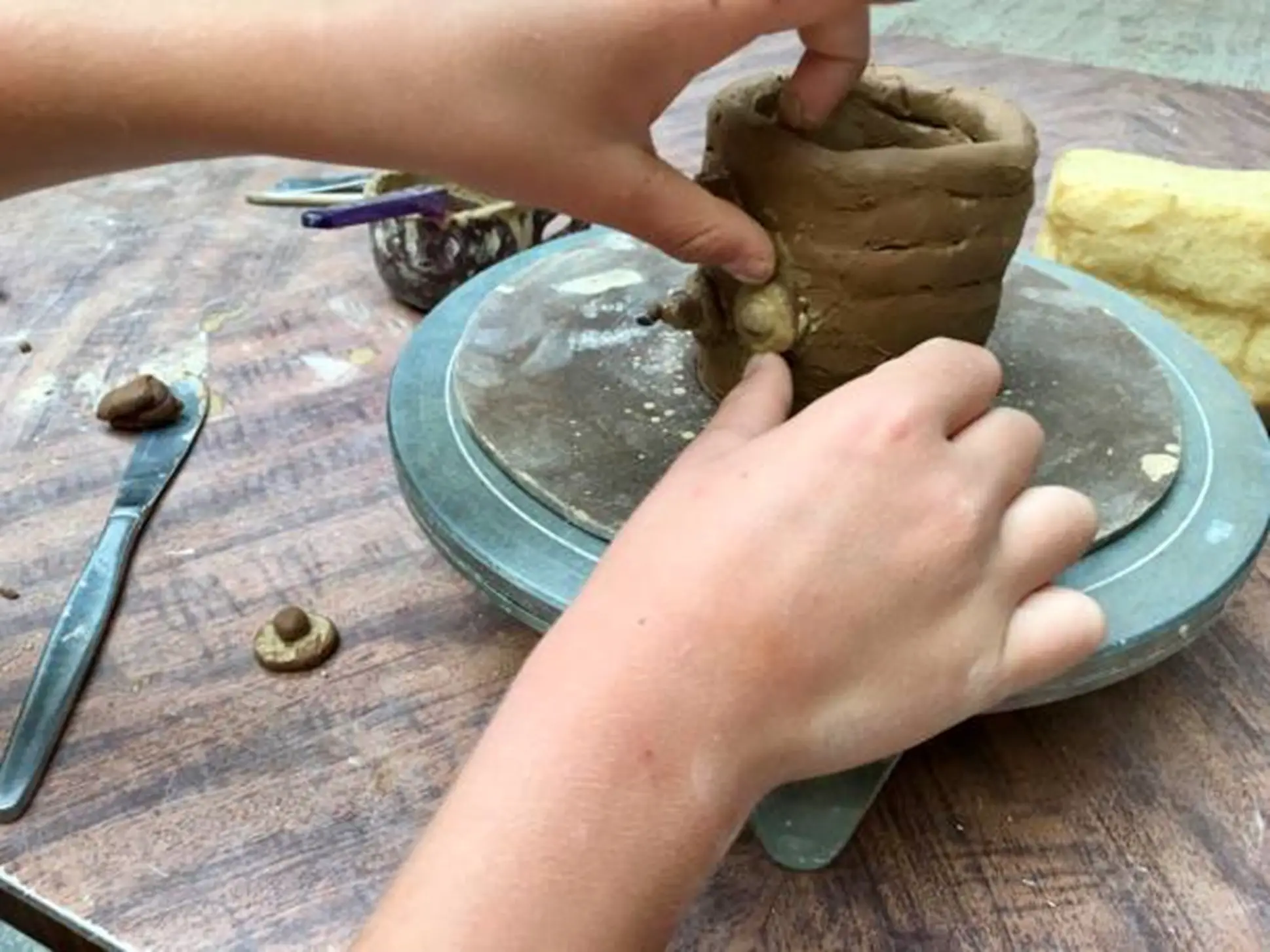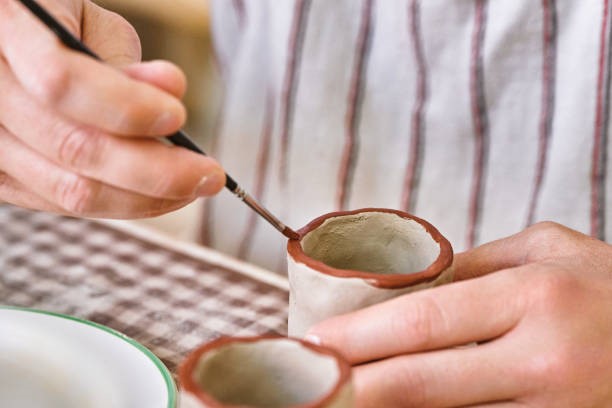The selection of a proper type of clay is critical for the production of coil pottery. Knowing all the small details like plasticity, texture, and firing temperature involved in clay selection helps get the desired results. Therefore, it must be noted that finding the best type of clay is crucial in determining how your coil pottery will turn out at last. This informative and comprehensive guide seeks to enlighten you about picking an ideal clay for your experiments in coil pottery.
Understanding the Types of Clay Used in Coil Pottery
Clay is the primary material for coil pottery, so its varieties must be understood to achieve a successful piece. With its long tradition and warm color tones, Earthenware is commonly used for coiled pottery projects because of its plasticity and availability. It is usually shot at low temperatures, which makes it ideal for beginners and those who do not have access to high-fire kilns.
However, stoneware provides durability and adaptability. It is preferred for functional coil pottery pieces because of its strength to withstand high temperatures and thus become vitrified. One of the most challenging varieties in coil pottery is porcelain, prized for its delicate appearance and clarity. Its tiny particles require proper handling and precise focus on details during the process of its construction. Although each clay type has unique advantages and challenges, the artist’s choice exclusively stems from their likes, intended look, and desired result for a coil pottery product.
Clay Properties and Their Impact on Coil Pottery
Clay properties remain a vital part of the implementation process for construction coil pottery projects, affecting all steps from initial preparation to final firing.
- Plasticity:
Plasticity is one of the significant forces in coil pottery because it represents the molding capacity of the clay. Highly plastic clays are easily coiled and shaped into elaborate peaks, easing the production of exciting forms.
- Texture:
It is another essential element influencing the appearance of coil pottery. It is easier to create complex 3D patterns and textures on rougher clay since they serve as ideal platforms through which it’s more realistic to develop one-of-a-kind surface effects that add depth and interest to the final works. Alternatively, more polished clay surfaces produce sharp, sophisticated finishes perfect for minimalistic looks.
- Shrinkage and Drying Rates:
An initial estimate of the shrinkage and drying rates required for various clay types is also needed to maintain structural integrity during the coil-building process. Failure to consider shrinkage during drying and firing can result in cracks or warping; therefore, clay with appropriate contraction properties should be chosen.
- The Natural Color of Clay:
It is important to remember that the clay’s natural color also significantly contributes to its general appearance. Clay, of course, comes in various colors ranging from warm earth tones to cool neutrals and thus enables potters to adjust the aesthetics per their tastes.
- Firing Compatibility:
Lastly, the type of clay used also determines the firing temperature requirement and, in turn, affects both the looks and longevity of pottery. Selecting a clay compatible with firing temperatures required in existing kiln conditions guarantees efficient firing and optimal results.
Special Clay Considerations for Coil Pottery Projects
Creating coil pottery also has many factors and implications regarding the technique itself as opposed to other forming considerations such as wheel throwing or slab building. The critical aspect that requires particular attention is the process of construction. Wheel throwing employs centrifugal force to work with the clay; coil pottery necessitates carefully stacking and blending coils to create form. As a result, potters must be vigilant and focused on the coils’ placement, thickness, and transition as structural integrity is maintained along with consistent wall width.
Furthermore, coil pottery is a bit more manual, and there is some manipulation of the clay; therefore, one has to develop patience and the ability to produce desired shapes and details. This Meuxan Clay Sculpting Tool Set is the perfect tool kit to produce intricate designs or details in your coil pottery productions.
The drying and firing process is another factor to take into account. Coils need to be dried slowly, and the pieces loaded delicately into kilns to keep from cracking or distorting during firing due to these forms being so unusually slender. Through understanding and tackling such considerations in each aspect, potters have a sure way of success when attending to challenges in coil pottery projects as they come up with great, unique pieces.
How to Test Clay for Coil Pottery?
Here are some simple tests that you can run while determining the ideal type of clay that you want for your clay pottery endeavor:
- Clay Plasticity Test:
Roll a piece of clay into a coil between your palms. Good plasticity, necessary for coil pottery, is evidenced by the ability of the coil to hold its shape without cracking or sagging noticeably.
- Texture Assessment:
Touch the texture of clay with your fingers. The relatively rough textures will produce interesting surface details after coiling, and the finer textures are perfect for achieving smooth surfaces.
- Shrinkage Test:
Shape a small piece of clay, such as a ball or coil, so that all dimensions will be equal. After drying and firing, measure the dimensions again to determine the shrinkage percentage. Analyzing shrink rates makes it possible to understand the final size of coil-built pieces.
- Drying Time Observation:
Note how fast the clay dries off. Certain clays may dry too fast, and some cracks appear; others may require a more extended period of desiccation to prevent deformations.
- Firing Compatibility:
To see whether the clay will fire at your desired temperature margins, conduct a small test firing to assess its compatibility. When firing the clay, evaluate it for color, texture, and compactness and determine whether these attributes meet your end goal.
Conclusion
In conclusion, when selecting the suitable clay for coil pottery, considering factors such as plasticity, texture, shrinkage, color, and firing temperature will help potters make informed decisions based on which they can confidently embark on their creative journey, knowing they would achieve quite good results.








